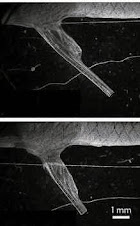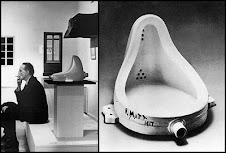PENELOPE
Credit: Fotosearch
Thinking about growing a ponytail but have no idea what it's going to look like? Ask a physicist. A new equation helps explain why some ponytails form long, thin manes, while others fan out into a cone. Average humans have about 100,000 hairs on their heads, making a hair-by-hair analysis of shape, length, and texture a daunting proposition. Instead, researchers attacked the problem with techniques from statistical mechanics, which deals with very large numbers of particles acting in a mass. They assumed that a stream of hair behaves much like a stream of fluid, and that its density decreases the further away it gets from a clip or scrunchie. When they plugged those assumptions into a formula describing the energy of a symmetrical tube of fibers, they came out with the Ponytail Shape Equation. The equation, reported 13 February in Physical Review Letters, not only explains different hair geometries, it should also help predict the dynamic behavior of bundles of fibers. In other words, when Rapunzel lets down her hair, how far it will swing.
ScienceShot: The Physics of Ponytails
on 12 February 2012


















































































